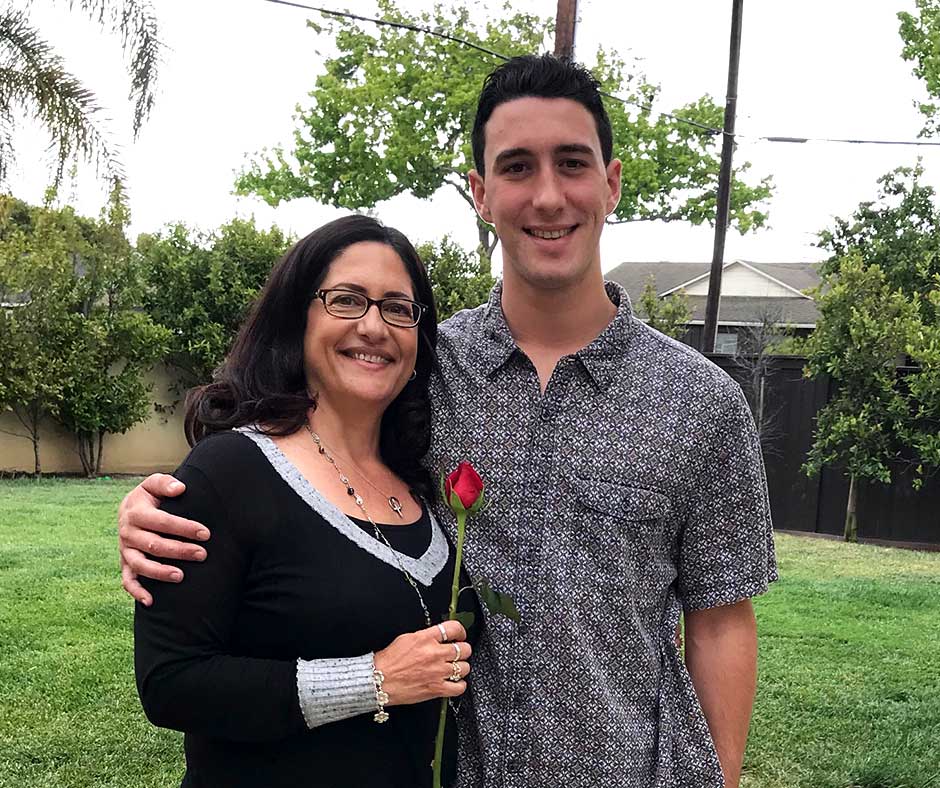Sober living houses are often a transitional step on the road to recovery for many people, especially young adults. They move into this type of residential home to maintain the stability and structure established during their addiction treatment program. As such, it is understandable that you may be wondering how long can you stay in a sober living house?
How Does Sober Living Work?
Sober living houses provide a structured environment where those in recovery can develop coping skills, build self-confidence, and become comfortable with sobriety. Furthermore, sober living offers support and program options for those not yet ready to return to their everyday routines. Sober living also provides a safe and secure environment for people who want outpatient rehab as they practice sobriety.
How Sober Living Prevents Relapse
Part of the residency requirements to live in a sober living house is maintaining one’s sobriety. Therefore, residents may be required to undergo drug and alcohol screenings to ensure they have not lapsed, especially when leaving the home for work or school.
Another way sober living environments help prevent relapse is through the unique support system between the residents. Everyone in the home has the shared goal of learning how to live sober and maintain their sobriety. Together, they will face the challenges and struggles and provide support for one another to overcome obstacles along the way.
Sober Living Home Success Rates
According to the National Institute on Drug Abuse (NIDA), the relapse rate for substance use disorders is between 40% and 60%. Relapse does not mean treatment failed. However, it does mean that maintaining sobriety is challenging for those in recovery.
Furthermore, data collected from an eight-year study from almost 1,200 people in recovery uncovered the following:
- Only one-third of participants that remained sober for less than a year will remain sober
- For those participants that made it to one year of sobriety, only about half relapsed
- For the participants that made it to their 5th year sobriety anniversary, the risk of relapse dropped to 15%
To help reduce the relapse rates, newer programs are being implemented, including becoming a resident of a sober living house. In addition, to further support the benefit of sober living, data on sobriety rates were collected during a study of the average length of stay, ranging from 166 to 254 days.
Abstinence rates at 18 months ranged between 42% and 46% for those that had transitioned to a sober living home after rehab. These percentages tell us that people have a better chance of maintaining their sobriety with a reduced risk of relapse by moving into a sober living house.
How Long Can You Stay in a Sober Living House?
There is no length of stay limit to how long you can stay in a sober living house. As long as you follow the house rules, you can generally live there for as long as you need. The longer residents stayed, the more likely there were to experience fewer issues with drugs and alcohol.
People that graduated from a sober living home program also had higher employment rates. In addition, they were better prepared to live stable and independent lives whether they had a supportive home to return to or needed to find a new home.
How to Find a Quality Sober Living Home
When you are looking for a sober living home, look for one with the following features:
- Gender- and age-specific
- Access to continue outpatient support and aftercare programs
- Safe, secure, caring, and supportive environment
- The home makes you feel welcome, comfortable, and like you belong
- You can adhere to the house’s rules and residency requirements
- You do not feel pressured and can work on your sobriety and recovery at your own pace
Sober Living Homes for Young Men in Los Angeles, CA
When looking for sober living homes for young men, you can find several homes through New Life House in Redondo Beach and the Los Angeles area. At New Life House, we provide a supportive, structured, caring, and safe environment for young men to work on recovery. Of course, you are free to stay for as long as you feel necessary. In addition, we provide access to ongoing recovery treatment programs and options, as well as educational and employment opportunities. Visit our admissions page today to learn more.
Last Updated on September 11, 2024

